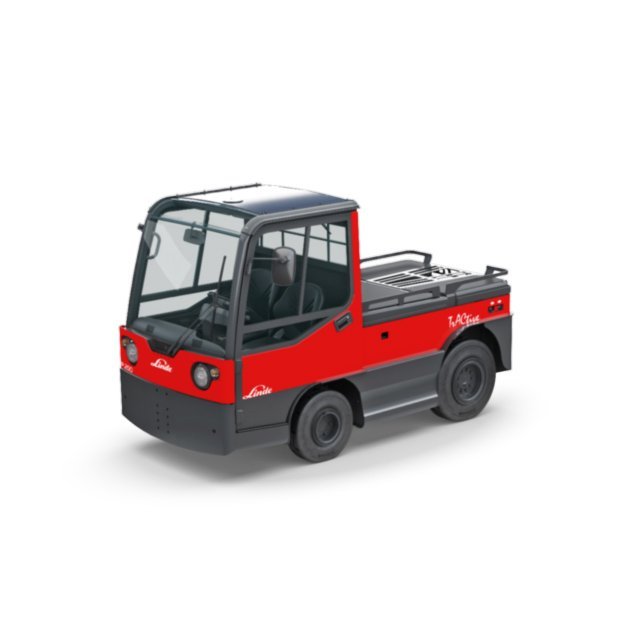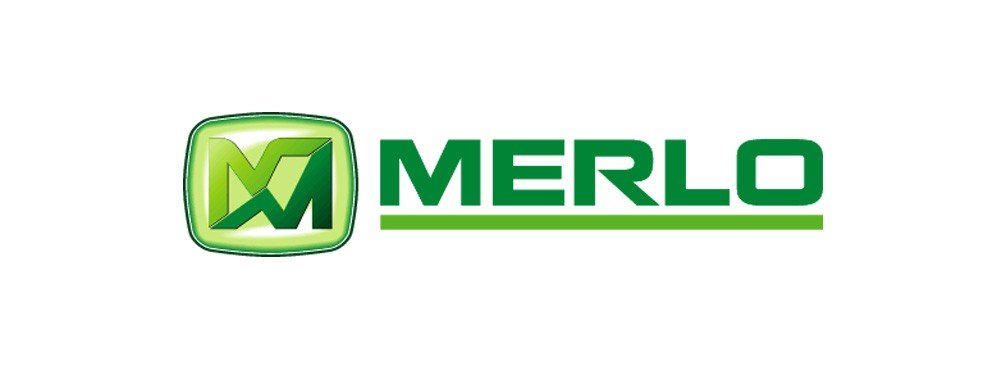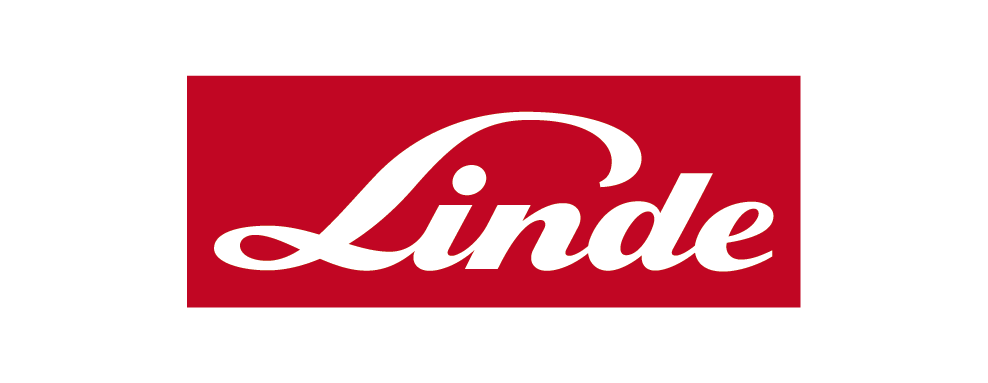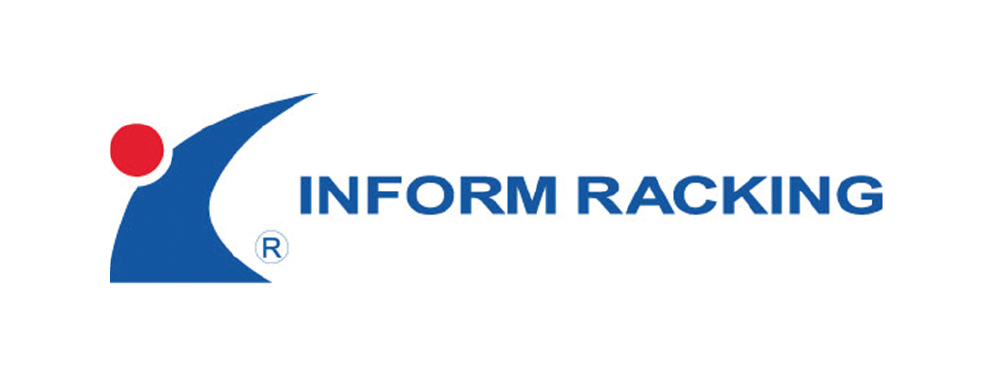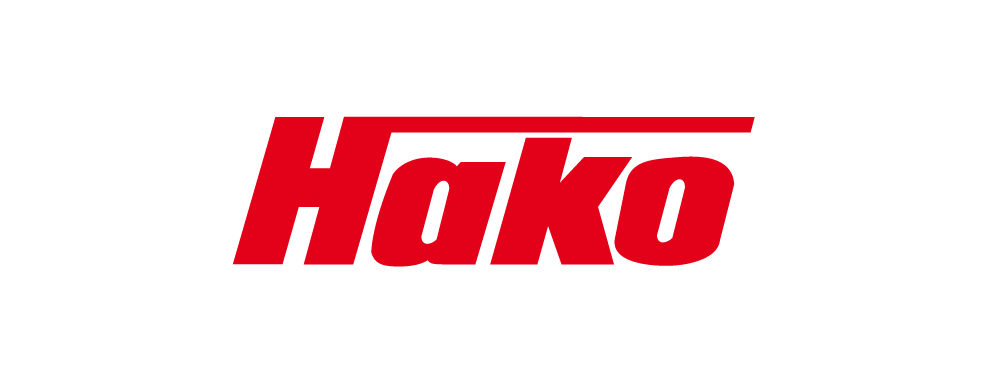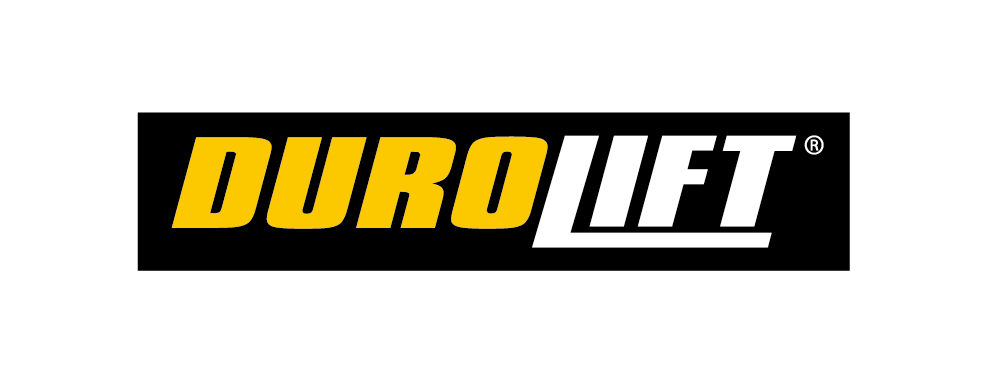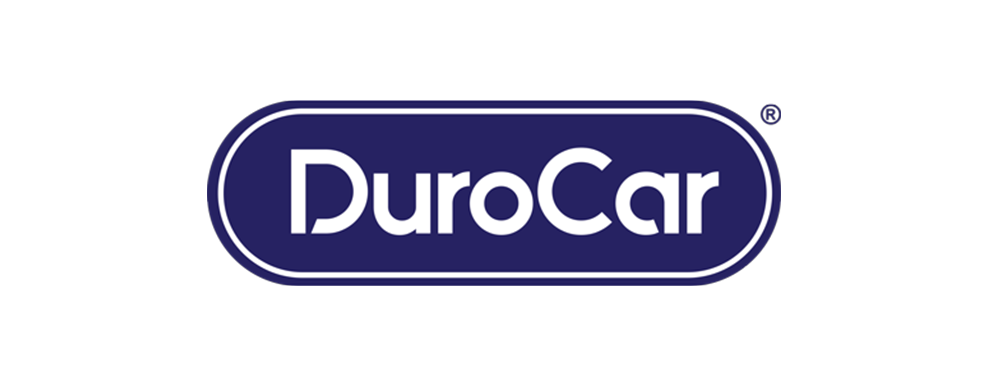All of us in the industry know that forklifts form the backbone of any and every warehouse operation – it’s been like that for years, and will continue for the foreseeable future. Forklifts are invaluable tools in the supply-chain process, helping to facilitate efficient warehouse operations. Every year, materials-handling equipment manufacturers strive to bring to market new, innovative forklifts and related equipment that will deliver productivity increases and reduce energy consumption.
It is interesting to go back in time — almost a hundred years — to appreciate how the forklift has evolved and revolutionised the warehousing and logistics industry. Many of the long-established companies claim to be the first to manufacture forklifts, but historians argue just who was first. Certainly in the US, petrol-powered flatbed movers were around in 1917, and twin fork lifters — with hydraulics to elevate the forks and front wheel steering for better manoeuvrability — were known to be operating in 1928.
We owe a debt of gratitude to the pioneers in the materials handling manufacturing industry. Year in, year out creative engineers designed and developed improvements that yielded performance advantages and made the routine tasks of moving inventory around easier and safer.
Today’s materials-handling equipment technology has come a very long way, but its evolution shows no sign of abating. Manufacturers are constantly looking for ways to automate manual tasks to help reduce operator fatigue and maximise safety. Every effort goes into easing the burden of operators and adding value for equipment owners.
Intelligent Equipment
Forklifts, along with most other purpose-designed warehouse equipment, are becoming more intelligent; both in design and operation.
Access to and analysis of equipment performance can significantly improve productivity. Electronic data recording, wireless communications, and warehouse management software are examples of how warehouse and operations managers are able to effectively monitor and control equipment and maximize labour resources.
At the leading edge are revolutionary forklift navigation systems. These systems are designed to take away uncertainty, guesswork and repetition by creating an efficient, pre-planned route from location to location within a storage facility. Stop-offs and picking locations are programed into the forklift and the vehicle sets off on its pre-designated route.
A further focus for a number of manufacturers is the design and operation of the hydraulic mast — the device that raises and lowers loads. Due to the need for strength and stability, these have traditionally been heavy, robust devices that often obstruct operator visibility at critical times. Much research and development has gone into designing lighter masts that offer greater strength while increasing visibility and minimising the equipment’s overall weight.
With the advent of specialised, more focussed warehouse and distribution centres has come the need for equipment that can operate in extreme conditions. Good examples can be found in the food and beverage industry, and in cold storage warehouses. Over the years, manufacturers have devised task-specific products that perform at optimum efficiency in hot, cold, wet or super-dry environments. Depending on the application and environment forklifts may integrate galvanised or stainless steel components, and insulated driver cabs and fully-sealed electrical systems are also available.

